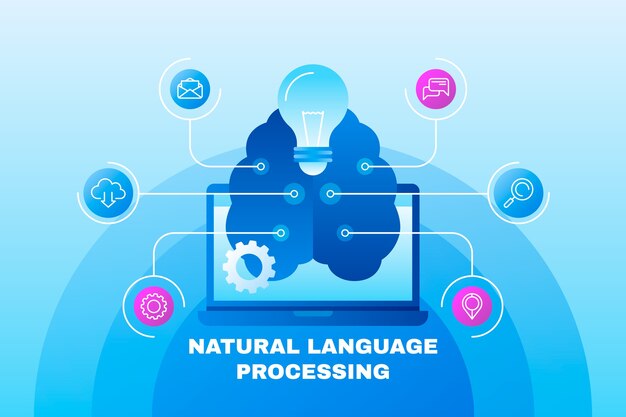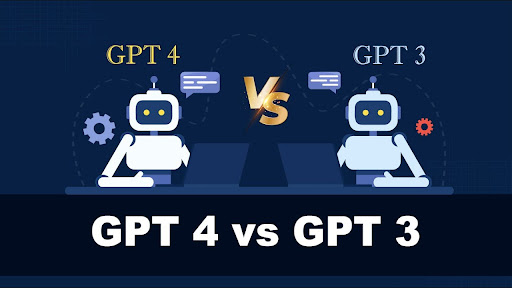The evolution of Chat-GPT represents a significant milestone in the development of natural language processing (NLP) technology and has had a profound impact on search technologies. Chat-GPT, which is based on the GPT-3.5 architecture, builds upon the advancements of its predecessors and incorporates various improvements, making it a powerful tool for human-like text generation, understanding, and interaction.
Early NLP Models

Early NLP (Natural Language Processing) models laid the foundation for developing more sophisticated language understanding and generation systems. These early models, while relatively simplistic compared to modern NLP models like Chat-GPT, played a crucial role in shaping the field of NLP.
Here are some notable early NLP models and their contributions:
Turing Test (1950s):
- While not a specific NLP model, the Turing Test, proposed by Alan Turing, was a foundational concept.
- It challenged researchers to develop AI systems capable of holding conversations indistinguishable from those with a human.
Early Machine Translation Systems (1950s-1960s):
- The development of machine translation systems, like IBM’s Georgetown-IBM experiment, focused on translating text between languages.
- These early attempts laid the groundwork for more advanced translation models that followed.
Rule-Based Systems (1960s-1970s):
- Many early NLP systems relied on rule-based approaches, where linguistic rules and heuristics were used to parse and generate text.
- These systems had limitations in handling ambiguity and needed more adaptability to new languages or domains.
GPT (Generative Pretrained Transformer) Models
GPT, which stands for Generative Pretrained Transformer, represents a family of state-of-the-art natural language processing (NLP) models developed by OpenAI. These models have achieved remarkable success in various NLP tasks and have become a benchmark in the field. The name “Transformer” refers to the underlying neural network architecture, which was introduced in the paper “Attention Is All You Need” by Vaswani et al. in 2017.
Here are the key characteristics and features of GPT models:
Pretraining: GPT models are pre-trained on large corpora of text data, often containing billions of words from the internet. During this phase, the model learns to predict the next word in a sentence. This pretraining helps the model capture grammar, syntax, semantics, and world knowledge from the text.
Transformer Architecture: GPT models use the Transformer architecture, which employs self-attention mechanisms to process input sequences. This architecture allows GPT to consider the context of each word in a sentence simultaneously, making it highly effective for capturing long-range dependencies in language.
GPT-3 and the Birth of Chat-GPT

GPT-3, short for “Generative Pretrained Transformer 3,” marked a pivotal moment in the development of natural language processing (NLP) and paved the way for the birth of Chat-GPT.
Here’s how GPT-3 emerged and laid the foundation for more conversational AI systems:
Evolution from GPT-1 and GPT-2:
- GPT-1 and GPT-2 were the predecessors of GPT-3, developed by OpenAI. These models were significant in demonstrating the effectiveness of large-scale pre-trained language models. However, GPT-2 garnered significant attention when, initially, OpenAI chose not to release it to the public due to concerns about misuse.
Unprecedented Scale:
- GPT-3 was released in June 2020 and gained widespread recognition due to its staggering scale. It featured a neural network with a whopping 175 billion parameters, making it the largest and most powerful language model at the time. The sheer size of GPT-3 contributed to its impressive performance.
Text Generation and Understanding:
- GPT-3 exhibited remarkable text generation capabilities. It could generate coherent and contextually relevant text across a wide range of topics. Given a prompt or a starting sentence, GPT-3 could continue the text in a way that appeared human-written.





Leave a Reply